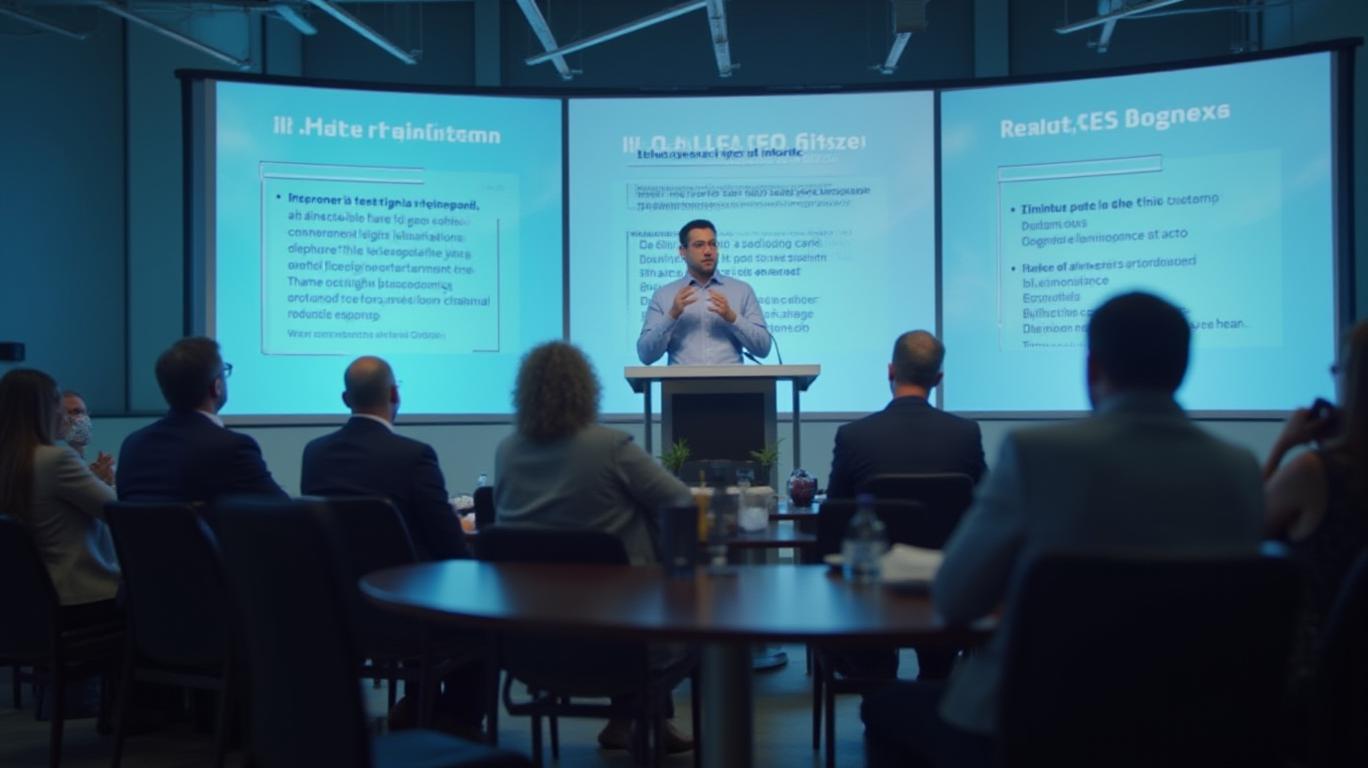Cellectis Q4 2024: Key Contradictions on UCART22 Data and Servier Arbitration
Friday, Mar 14, 2025 10:41 am ET
These are the key contradictions discussed in Cellectis' latest 2024Q4 earnings call, specifically including: UCART22 data presentation plans and Servier arbitration updates, UCART22 manufacturing and trial timing, UCART20x22 trial design and patient population, UCART22 data expectations, and manufacturing capacity for UCART20x22:
Financial Health and Cash Runway:
- Cellectis' cash, cash equivalents, and fixed term deposits as of December 31, 2024, amounted to $264 million, up from $156 million as of December 31, 2023.
- The increase was primarily due to a $140 million cash inflow from AstraZeneca's equity investment and $20 million from the European Investment Bank.
- This financial strength has extended Cellectis' cash runway into mid-2027.
AstraZeneca Collaboration and Strategic Partnership:
- Cellectis initiated research and development activities for three programs under its collaboration with AstraZeneca, with the first program expected to enter the clinic in the near future.
- The collaboration includes a $140 million equity investment from AstraZeneca, which now owns approximately 44% of Cellectis' share capital and 30% of the voting rights.
- The strategic partnership aims to bring promising next-generation cell and gene therapies to market.
Clinical Trials and Regulatory Milestones:
- Cellectis expects to present Phase 1 data sets for UCART22 in the third quarter of 2025, with additional data presentations at medical conferences like ASH.
- The company received an Orphan Drug and Rare Pediatric Disease designation for UCART22, highlighting its potential as an allogeneic product for patients in need.
- Regulatory interactions with the FDA and EMA are underway to align on a Phase 2 registration strategy.
Research and Development Pipeline:
- Cellectis continues to focus on advancing core clinical trials and building the next generation of genomic medicines with AstraZeneca and its preparatory preclinical pipeline.
- The company showcased promising CAR T strategies utilizing TALEN gene editing technology to target solid tumors and overcome immunosuppressive tumor microenvironments.
- These advancements are supported by partnerships and collaborations with leading scientists in the gene editing field, driving innovation in cancer treatment.

CELH Total Revenue YoY, Operating Cash Flow...
| Name |
|---|
| Date |
| Number of Strong Buy Rating |
| Total Revenue YoY% |
| Consensus Rating |
| Operating Cash Flow(USD) |
| Net Income(USD) |
| Diluted EPS(USD) |
| Celsius HoldingsCELH |
| 20241231 |
| -- |
| -4.39 |
| -- |
| 75.67M |
| -18.88M |
| -0.11 |
Financial Health and Cash Runway:
- Cellectis' cash, cash equivalents, and fixed term deposits as of December 31, 2024, amounted to $264 million, up from $156 million as of December 31, 2023.
- The increase was primarily due to a $140 million cash inflow from AstraZeneca's equity investment and $20 million from the European Investment Bank.
- This financial strength has extended Cellectis' cash runway into mid-2027.
AstraZeneca Collaboration and Strategic Partnership:
- Cellectis initiated research and development activities for three programs under its collaboration with AstraZeneca, with the first program expected to enter the clinic in the near future.
- The collaboration includes a $140 million equity investment from AstraZeneca, which now owns approximately 44% of Cellectis' share capital and 30% of the voting rights.
- The strategic partnership aims to bring promising next-generation cell and gene therapies to market.
Clinical Trials and Regulatory Milestones:
- Cellectis expects to present Phase 1 data sets for UCART22 in the third quarter of 2025, with additional data presentations at medical conferences like ASH.
- The company received an Orphan Drug and Rare Pediatric Disease designation for UCART22, highlighting its potential as an allogeneic product for patients in need.
- Regulatory interactions with the FDA and EMA are underway to align on a Phase 2 registration strategy.
Research and Development Pipeline:
- Cellectis continues to focus on advancing core clinical trials and building the next generation of genomic medicines with AstraZeneca and its preparatory preclinical pipeline.
- The company showcased promising CAR T strategies utilizing TALEN gene editing technology to target solid tumors and overcome immunosuppressive tumor microenvironments.
- These advancements are supported by partnerships and collaborations with leading scientists in the gene editing field, driving innovation in cancer treatment.










